jamied
ArboristSite Operative
Do you try and grow grass right up to your tree? Never bought a bag of mulch? Pile tons of dirt around your tree for a flower bed? Read more, you may be a root abuser.
Grass sucks up water and nutrients and prevents them from getting to your tree. Also putting excess soil around your tree helps to smother you tree. Trees need to be able to exchange oxygen with their roots. Many people also spray chemicals on their lawns that don't help the trees at all. It's amazing just how many trees tolerate this abuse for long periods of time, but sooner or later it catches up to the tree and one spring it just doesn't leaf out.
Mulch is similar to what is found in nature, such as in forests. It helps retain moisture while allowing the roots to get access to oxygen. So go ahead and make that mulch ring as large as you can tolerate. Dig out the grass, use your hose close to the tree to clear away soil, it's messy, but needs to be done.
Many trees are also planted too deep either at the time of planting or because soil was piled on later, either way this often leads to the trees demise.
If your having problems with your tree and your tree is looking like any of these photos, it is very likely the first issue you need to address.
I Will update this as I gather more photos.
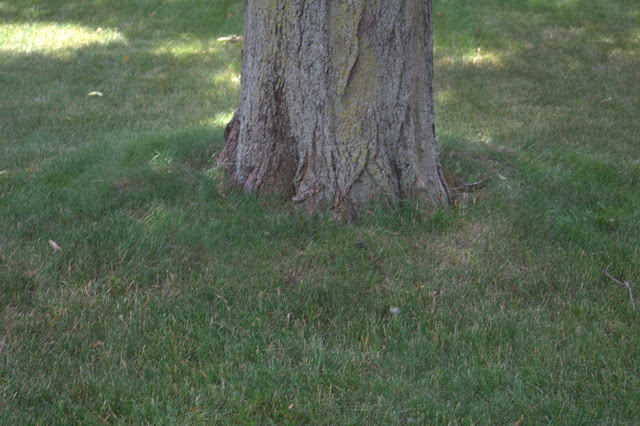
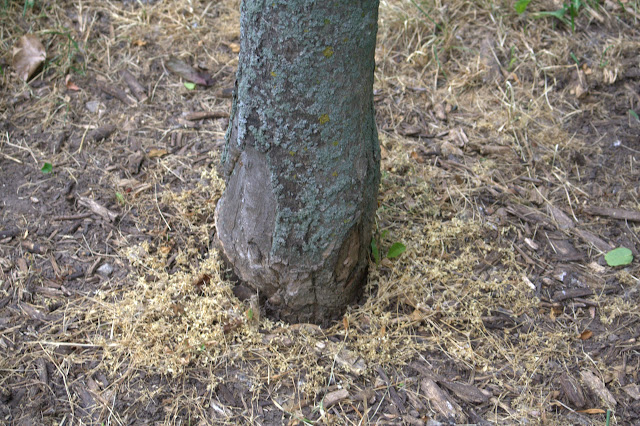
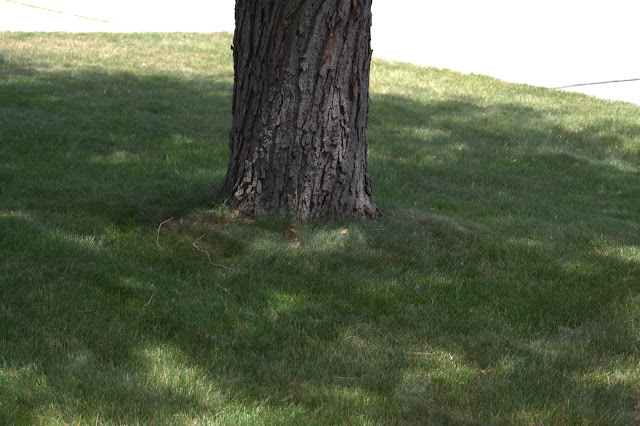
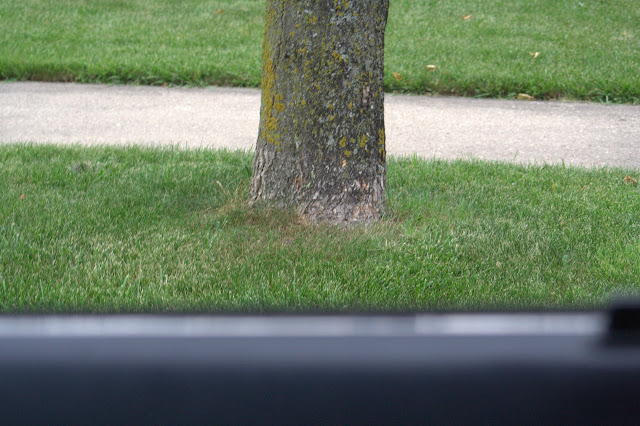
What happens to your tree when you abuse the roots:
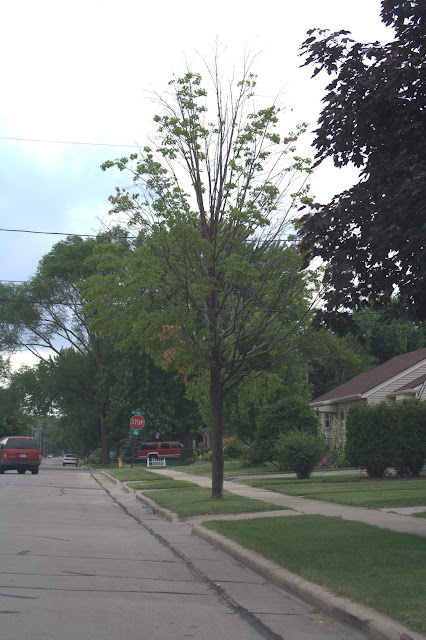
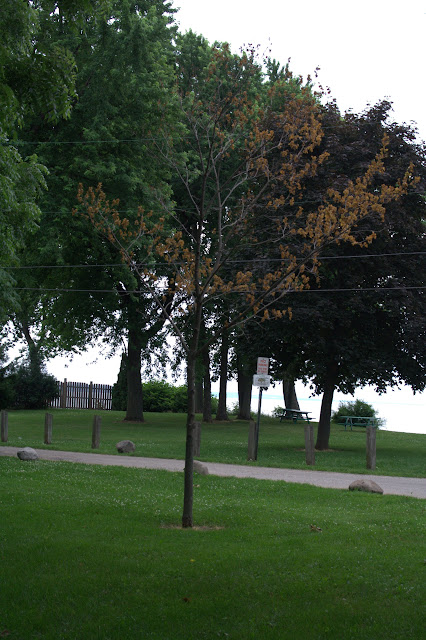
Root Abuse Corrected (it can be corrected and many times the tree can be saved by excavating the root collar to the proper level and replacing grass and excess dirt with the proper amount of mulch):
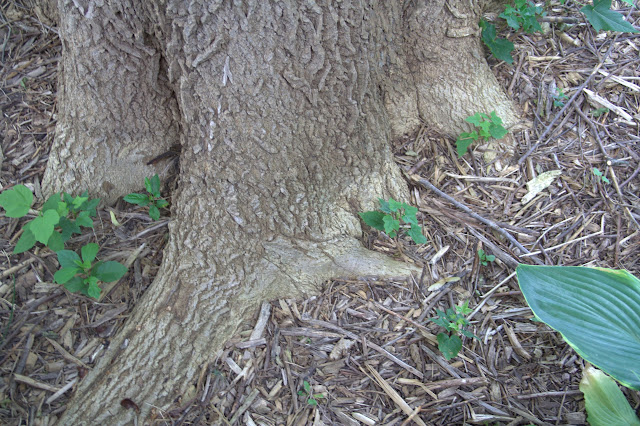
Proper planting:
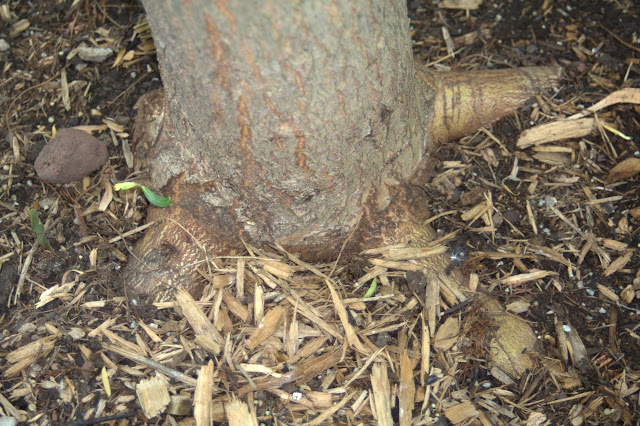
Grass sucks up water and nutrients and prevents them from getting to your tree. Also putting excess soil around your tree helps to smother you tree. Trees need to be able to exchange oxygen with their roots. Many people also spray chemicals on their lawns that don't help the trees at all. It's amazing just how many trees tolerate this abuse for long periods of time, but sooner or later it catches up to the tree and one spring it just doesn't leaf out.
Mulch is similar to what is found in nature, such as in forests. It helps retain moisture while allowing the roots to get access to oxygen. So go ahead and make that mulch ring as large as you can tolerate. Dig out the grass, use your hose close to the tree to clear away soil, it's messy, but needs to be done.
Many trees are also planted too deep either at the time of planting or because soil was piled on later, either way this often leads to the trees demise.
If your having problems with your tree and your tree is looking like any of these photos, it is very likely the first issue you need to address.
I Will update this as I gather more photos.




What happens to your tree when you abuse the roots:


Root Abuse Corrected (it can be corrected and many times the tree can be saved by excavating the root collar to the proper level and replacing grass and excess dirt with the proper amount of mulch):

Proper planting:





